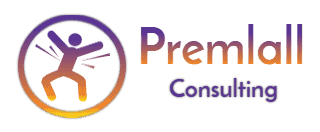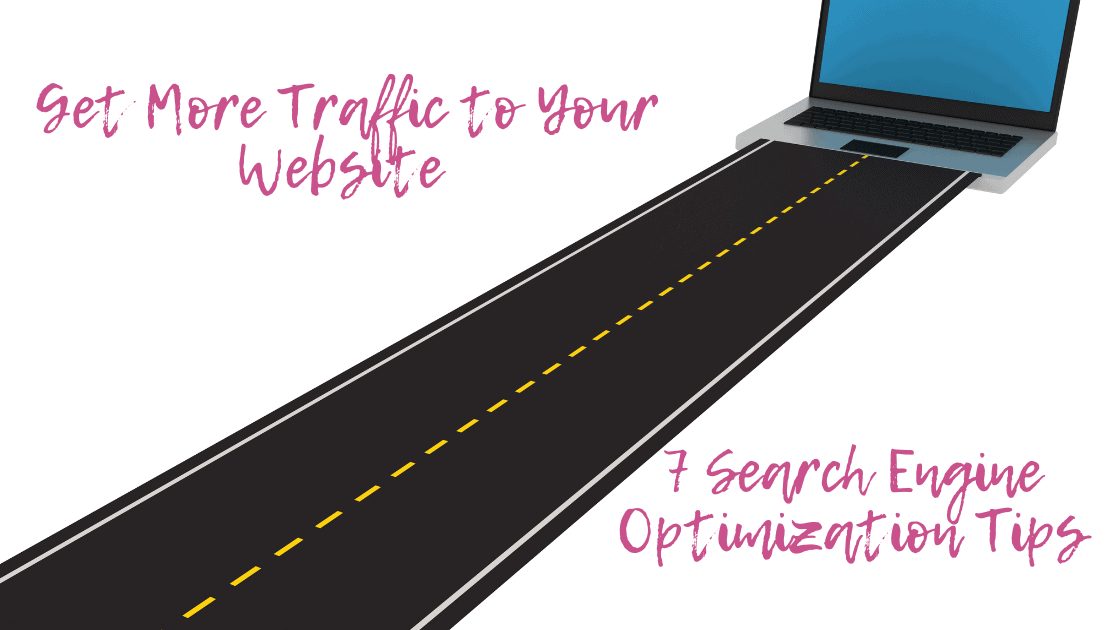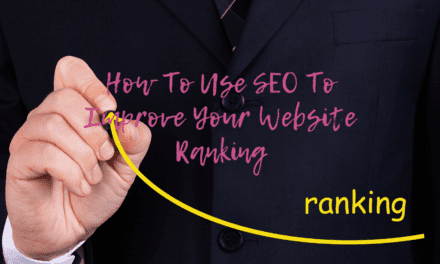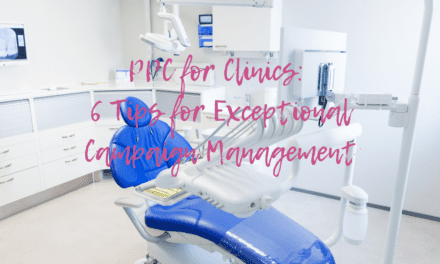Traffic attraction on the web is yet to get enough amplification as it should have. Many blog posts and digital marketing articles are usually developed around sales, leads, and conversions. And only a few discuss traffic attractions.
However, unless a site receives moderate traffic, it would be almost impossible or difficult to make sales. For this reason, every website owner must optimize their website to acquire many visitors.
Exposure is the solution to getting more traffic. It must be the goal of every website owner to rank on Google’s first page.
About 75% of Google researchers get answers to their queries on the first page. Meanwhile, most don’t bother to go beyond the first five links on the first page.
It implies that a website must be ranked within the five results on the first page for every relevant search for traffic attraction.
Search engine optimization is the key to exposure. It enhances the quality and quantity of traffic entering a website.
Search engine optimization will help you fulfill all Google requirements to appear in the top positions. This article discusses seven SEO tips for getting more website traffic.
Use relevant keywords in your content
As described earlier, Search engine optimization deals with the refinement of your website. It aims to ensure that your content is well-written to meet Google requirements for ranking on SERPs.
One of the main criteria considered by Google is keywords. Keywords are single words or groups of words tracked by Google when compiling and ranking search results.
When there is a search on Google, the search engine picks keywords in the queries and uses its algorithms to find web pages with similar words.
Therefore, every website owner that wants to rank high must ensure that there’s an appropriate number of such words in their content.
Keywords are available for all topics and subjects. You can get suggestions from the Google search box. The autosuggest will complete the sentence using the most relevant keywords when you type in a request.
You can also generate keywords through a technique called keyword analysis. It involves the use of tools for finding words relevant to a particular business, niche, or topic.
The popular keyword research tools include the Google keyword planner, SEMrush, and Moz.
Although keywords are essential, they must be used within a particular quantity. An SEO-optimized content should have a keyword density of 2 to 3%.
Going beyond this limit will result in keyword stuffing that negatively affects the website’s ranking.
Meanwhile, there are different types of keywords. Some are strong, while others are weak. Some keywords are highly competitive, while others are less competitive.
Choose keywords that are not too competitive nor weak.
Create quality and engaging content
The second search engine optimization tip is the creation of quality and engaging content. Google does not only want a keyword-optimized article; it wants resourceful content. It ranks articles, publications, and blog posts that provide answers to researchers’ queries.
For this reason, writers are encouraged to put more effort into content creation. It would help if you wrote a long text article covering all the topics and sub-topics in a subject. By doing this, you’re improving the SEO score of your web pages.
The structure of your content is critical. It should be broken down into various sections and categories. Also, ensure you correctly utilize the heading tags
The tone of your writing should be conversational and relatable if it’s a blog. Moreover, it must have 100% uniqueness. You can use a plagiarism checker on your content after composition.
Boost your SEO score with quality and authentic pictures
Images are critical parts of website content. Content writers should ensure that they have enough images on their websites. The rule of thumb guiding images says they must play a role in their position. The picture must add extra information to the article or blog post.
Uniqueness applies to images the same way it does to textual content. It’s a crime under the law to copy web images from a different website for your use. You can purchase stunning and original photos from stock libraries like Canva.
Also, don’t forget to add the image descriptions using the alt tags. It could help the visually impaired better understand your web content.
Content structure matters a lot in search engine optimization.
Design content for featured snippets
The first five positions on SERPs are great places to be for massive traffic. However, position zero is the best and can be yours by strictly adhering to SEO rules.
Position zero is also known as the featured snippets. It’s a captivating excerpt of bullets, texts, or tables displayed first, as position zero on the Google search engine result page. There’s an example below for the search “benefits of black tea.”
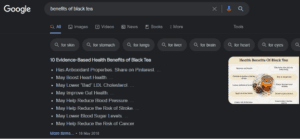
Snippets are not awarded to all web content. The honor is only given to only a few web pages.
But you can earn some for your website by structuring your content to an impeccable SEO level.
First of all, use a table of content at the beginning of your long-text articles. The table itself must be an answer to the search query. For example, in the image above, each point is a benefit of black tea.
Secondly, avoid confusion in your writing. Ensure that your content is clear, concise, and gives straight answers. If possible, your first statement should answer one or more questions.
The bottom line is that a snippet contains valuable information and reveals it at a glance. It should be a captivating piece that gives the best summary of your content or articles.
Create backlinks and fix broken links
Link building is another excellent SEO practice that website owners and web content creators should perform. It helps your website gain authority in your niche.
Google loves to direct its users to websites with resourceful content. And one of the ways by which they identify a site with vast resources is the number of other sites pointing to it.
When many sites point to a website, they consider it the source of knowledge. This is why I encourage you to write everything concerning all topics earlier.
Web links can either be internal or external links. The internal are those that point to other pages on the website. Perhaps, you have additional information on some other pages relevant to the research queries. Internal links are the tools for directing your web visitors to these pages.
Meanwhile, external backlinks are those that enter or go out to other sites from yours. These links are gained through publications, news releases, and content contributions.
You can write publication-worthy articles on your website that other writers would seek to reference you. Also, you can contribute to the content on other writers’ blogs and have them mention your name or site in the post.
Another similar task to link building is link fixing. Over time, some of these links will become broken. Some websites are no longer online, or the linked page is permanently taken off the internet.
In these cases, you must fix them either by removing the links or finding other sources to link to. The inability to do that will negatively impact your SEO ranking.
Format your content and website for mobile users
In the early days of the internet, computers were first used to gain access. Back then, people queue at Café to search the internet.
Today, we all can access the internet with our mobile devices. According to Statista, about 90% of global internet users browse their mobile phones.
We can browse the web, check our social platforms, and even place an order for goods online with our smartphones.
The little challenge with this change is compatibility. The computer screens are bigger than those of smartphones. Websites must be designed with the mobile users in mind to avoid the unpleasant display of texts and images
After designing a new web page on your site, confirm the mobile experience before making it live on the internet. It will help you attract a lot of traffic. Also, Google considers it as one of the criteria for SEO ranking.
Decrease website loading speed
A short site loading period will drastically improve your site SEO score. Your pages must load between 2 to 3 seconds to rank high on Google.
No visitors will wait for your sluggish site to load when millions of other sites have the same information. People on the internet are always in a rush. They want to buy that product now before other expenses come up.
You can improve the loading speed by regularly clearing cache files. Also, try your best to use a fewer number of plugins. Too many plugins will slow down your website.
Conclusion
The key to traffic attraction is value and a fantastic web experience. When you provide internet users with these critical elements, they will keep coming to your website for more. And the same principle applies to anyone looking forward to improving their SEO score.
These seven SEO tips unlock your site to massive traffic. They are straightforward to apply. Also, you hire us for our SEO services for a more convenient solution. A discussion with Premlall Consulting will open your eyes to the power of Search engine optimization.
